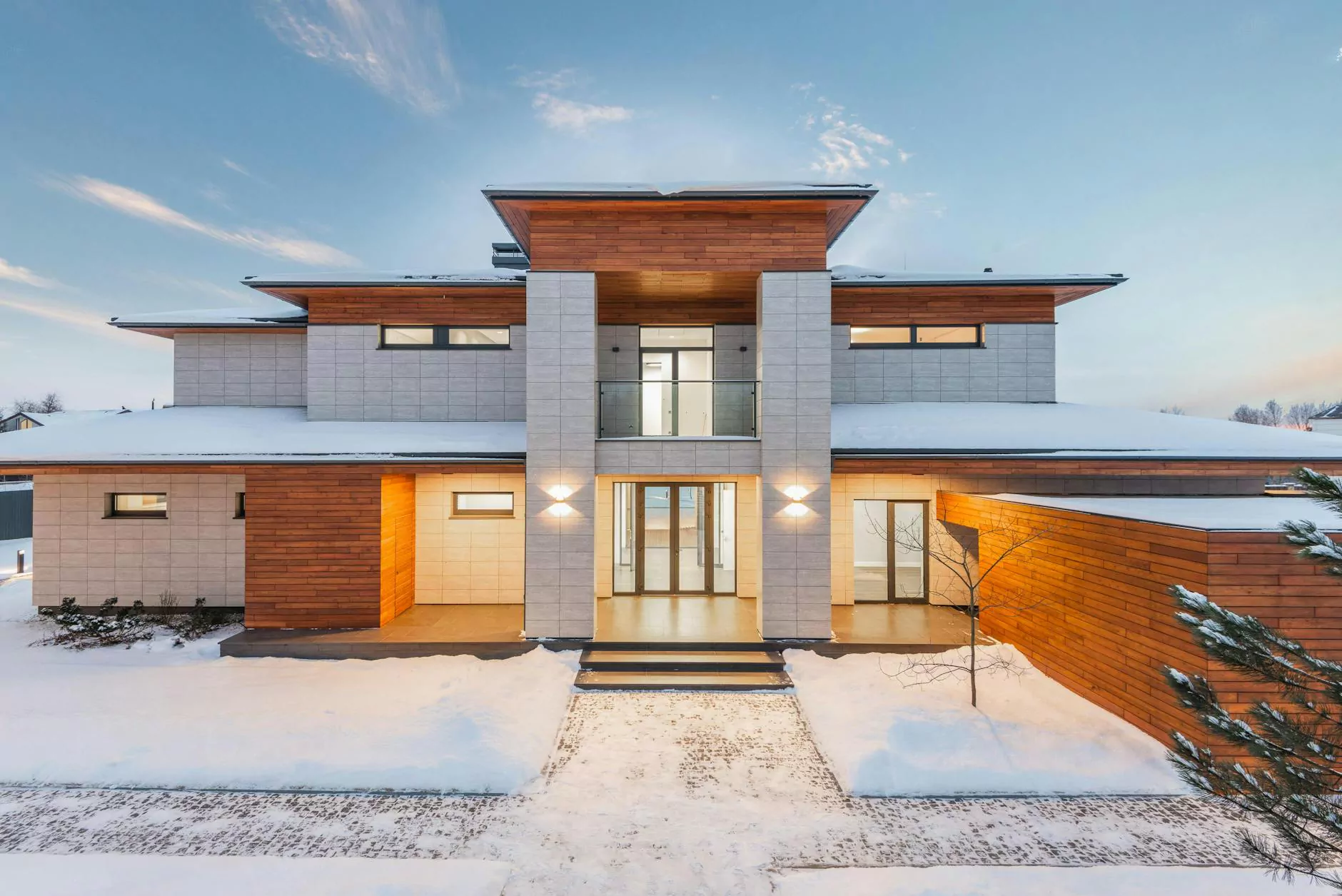Five Pros and Cons for Using a Mac in Your Architecture Projects
Blog
When it comes to choosing the right computer for your architecture projects, there are a multitude of options available. Among the choices, Mac computers have gained significant popularity in the architecture industry. In this article, we will explore the pros and cons of using a Mac for your architectural workflow, allowing you to make an informed decision for your specific needs.
The Pros of Using a Mac in Architecture
1. Sleek Design and User-Friendly Interface
One of the most prominent advantages of using a Mac for architecture is its sleek and aesthetically pleasing design. Mac computers are known for their elegant and minimalistic appearance, making them a favorite among creative professionals. Additionally, Mac's user-friendly interface and intuitive operating system provide a seamless user experience, allowing architects to focus on their design work without any unnecessary distractions.
2. High Performance and Reliable Hardware
Mac computers are renowned for their high-performance hardware and reliability. Apple's meticulous attention to detail in their hardware design ensures that Macs deliver fast processing power, allowing architects to run resource-intensive architectural software with ease. The exceptional build quality and longevity of Mac hardware further contribute to their reputation as reliable machines for architectural endeavors.
3. Optimal Software Ecosystem
The Mac ecosystem offers a wealth of architectural software options tailored to meet the specific needs of architects. From industry-standard software like AutoCAD and Revit, to specialized 3D modeling tools, Mac users can access a wide range of software solutions that enable them to seamlessly integrate their design workflows. Furthermore, Mac's compatibility with BIM (Building Information Modeling) software enhances collaboration and streamlines the overall design process.
4. Enhanced Graphics and Visualization Capabilities
Mac computers excel in providing stunning graphics and superior visualization capabilities, which are essential for architecture projects. The high-resolution displays, color accuracy, and support for wide color gamuts allow architects to accurately represent their designs and visualize them with exceptional detail. Whether it's creating intricate 3D models, rendering lifelike visualizations, or presenting design concepts to clients, Mac's graphics prowess elevates the overall architectural experience.
5. Seamless Integration with Other Apple Devices
If you already own other Apple devices, such as an iPhone or iPad, using a Mac computer seamlessly integrates them into your architectural workflow. The ability to sync files and data across multiple devices through iCloud makes collaboration and project management more efficient. Additionally, features such as Continuity and Handoff provide a seamless transition between Mac and iOS devices, allowing architects to work seamlessly on different platforms.
The Cons of Using a Mac in Architecture
1. Higher Price Tag
One of the main drawbacks of using a Mac for architecture is that they tend to come with a higher price tag compared to alternative PC options. Mac computers are considered premium products, and their pricing reflects this. While Macs offer excellent performance and durability, architects on a tight budget may find it challenging to invest in these high-end machines.
2. Limited Customization Options
Unlike their PC counterparts, Mac computers offer limited customization options. Upgrading components and personalizing hardware configurations is relatively restricted, making it more difficult to tailor the machine to specific architectural requirements. Architects who rely heavily on customization and prefer to have control over their hardware may find this aspect of Macs limiting.
3. Potential Software Compatibility Issues
While the Mac ecosystem boasts a wide range of architectural software options, compatibility with certain software titles may still be a consideration. Some specialized or less popular architecture software may have limited Mac support or may not be fully optimized for the macOS platform. It is essential to research and ensure that all the necessary software tools you rely on are compatible with Mac before making the switch.
4. Gaming and Entertainment Limitations
Mac computers, primarily designed for creative purposes, may not offer the same level of gaming and entertainment options as dedicated gaming PCs. Although Macs now have access to a growing library of games, the selection may not be as extensive as on other platforms. If you plan on using your computer for both work and leisure, it's worth considering the limitations in gaming and entertainment that come with a Mac.
5. Learning Curve for Windows Users
If you have been using Windows-based systems throughout your architectural career, transitioning to macOS may require a learning curve. Although both operating systems share similarities, there are notable differences that may take time to adapt to. Architects who are comfortable and proficient with Windows-based software and workflows may find the shift to Mac challenging initially.
The Verdict
In conclusion, using a Mac for architecture projects offers numerous advantages, including sleek design, optimal performance, and a vast software ecosystem. Macs also excel in graphics capabilities and seamless integration with other Apple devices. However, potential drawbacks include the higher price tag, limited customization options, and software compatibility concerns. It's crucial to evaluate your budget, specific architectural requirements, and familiarity with different operating systems before deciding whether a Mac is the right choice for you.
Ultimately, regardless of the computer brand you choose, what matters most is how well it aligns with your unique architectural workflow and enhances your productivity and creativity.




